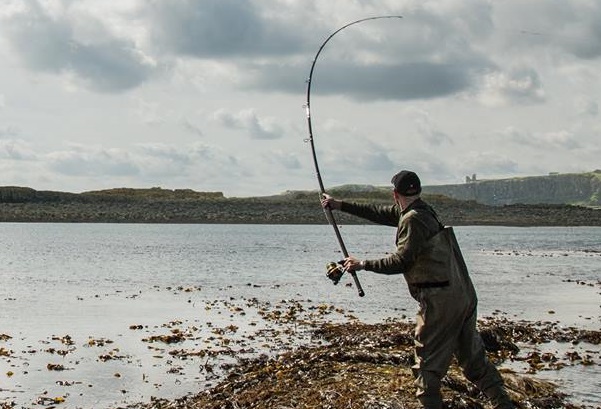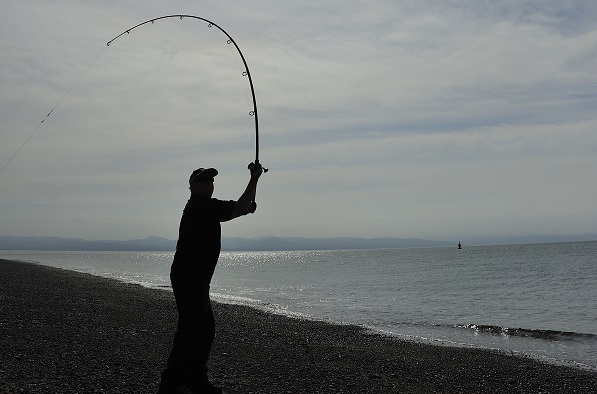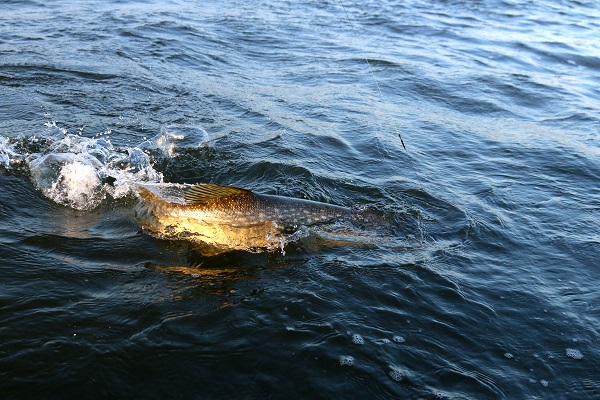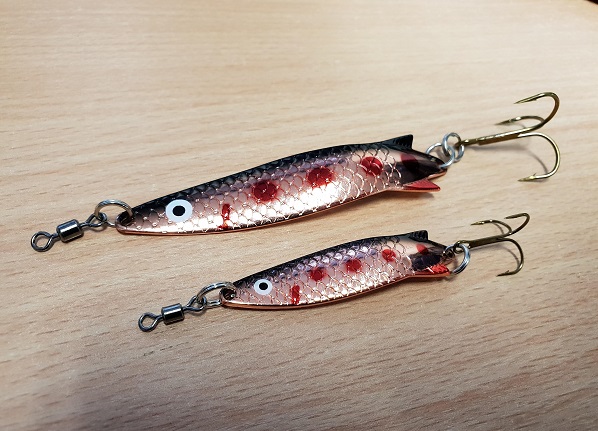Discover how to overcome the challenges presented by fishing in rough weather and darkness.
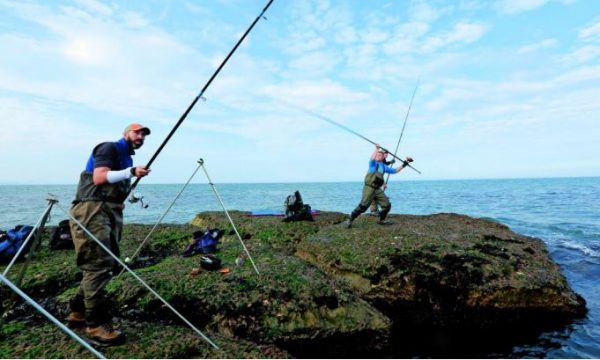
No amount of casting lessons or practice will make you competent enough to handle a gale. The technique is far different from standard beachcasting, and it’s only when you are actually fishing into a headwind that you learn to master it. For starters, the trajectory at which you launch the lead weight is critical. Cast too steeply into the wind and it catches the line and drags the lead off course and back towards the shore, but go too shallow and the lead falls short into the first breaker.
The trajectory at which you cast the baited rig is important in relation to the wind strength every time. Into wind, a lower, more shoulder-punching cast will win those extra metres if it hedge-hops the waves and is powered directly to its target under the wind. One way to get a multiplier reel to perform better in high winds is to reduce the line load. With the wind slowing the lead’s progress, less line will spin off the spool, and this often leads to overruns. Lower the line load by between 30 and 50 metres and the reel will perform better because the smaller line load will result in line coming off at a speed closer to the flying lead.

Fixed-spool reel users, on the other hand, can increase their distance potential by fully loading the spool to the lip and using a lower diameter line, such as 0.32mm (12lb/6kg). A heavier lead weight will punch through the air more efficiently and tow baits better, but could spoil your normal casting style and force you into a less effective lower trajectory. Another way to improve distance is to find a more sheltered place to cast, plant your feet firmly and make sure you are comfortable and have plenty of room. Pause to assess the wind. Casting from as high as possible so that you are looking down at the sea can pay off, and it’s sometimes wise to go back to a high beach ridge to gain height and more casting room.
ROUGH WEATHER FISHING
The first mistake most anglers make when trying to anchor a lead weight is not allowing it to sink or to pull the line tight before it has anchored itself firmly to the seabed. It is impossible to fish in strong tide without the tide producing a downtide loop in your line. No matter where you cast, the lead weight will always end up sticking in the seabed at the place of least resistance on the line. Use a 6oz grip wire grip weight to hold in the strongest tides, cast slightly uptide and let line out after the lead weight hits bottom to form a slight loop. This will allow it to grip quicker as it hits bottom because less of the line length is opposing the tide.
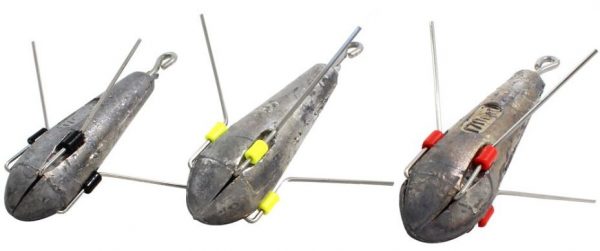
Make sure you are casting further than your uptide neighbour or you will snag on their loop of line. In crowded situations, you may be better advised to cast straight out to avoid hooking a neighbour’s line. Most anglers switch off once a bait is in the sea. Half the snagged, crossed and tangled lines could be avoided if anglers paid attention. Watch your line and your neighbour’s gear and their casting angle. Being aware of what your end tackle and line are doing in relation to the sea brings success.
CHOOSING AND USING THE BEST BAIT
Get the best bait and enough to last your session. Few baits beat lugworms and squid for cod, with the largest yellowtail or black lug and fresh frozen calamari squid and cuttlefish reckoned to catch the biggest fish. How you fish makes a difference. Maintain your enthusiasm to your last cast and fish to a consistent plan with a quality bait in the water at all times. The fish may pass you just once for a few minutes, so don’t waste your chances.
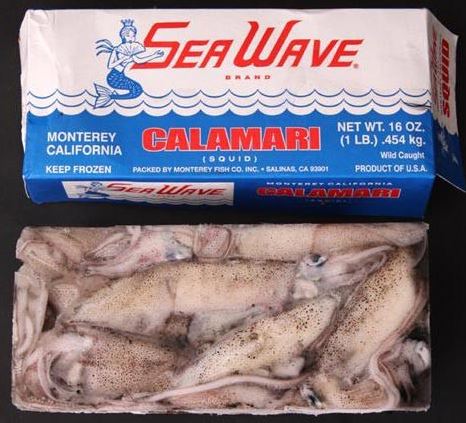
Leaving bait out for hours or recasting a washed-out bait won’t catch you fish. Replace your bait with a carefully constructed, completely fresh one every cast. Do this on a spare rig between casts – what is known as double patting – and re-bait even if you miscast. Fishing two rods (one for the smaller species) side by side on your rod-rest can keep your enthusiasm going while you wait for a big cod on the second rod. It is important that the bait doesn’t mask the hook point and prevent it doing its job. Hook size is dictated by the size of the bait and must be large enough for the point to stand clear. Dismiss any thought of hiding the hook.
Bait size for maximum distance is always at a ratio to weather conditions on the day. No matter how well you can cast, you will need to compromise, particularly when casting into a gale. Your bait must be dart-shaped or streamlined. Use bait cotton to sculpture the shape, especially when fishing with large crab, shellfish, worm or squid cocktails.
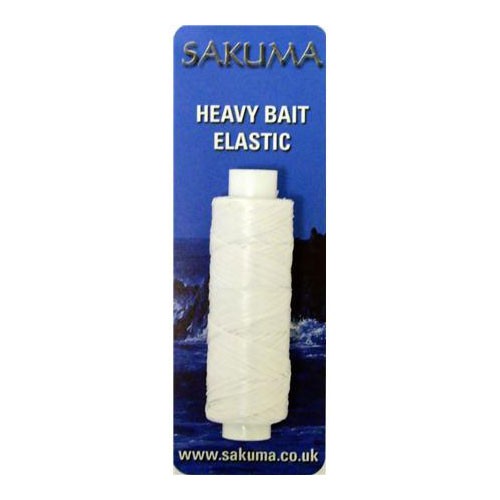
.Use bait cotton to sculpture the shape of your bait.
Remember, that big blobs of bait piled on the hook wreck casting distance and will probably blow to bits in flight. You need a slice of luck to catch that bigger dream fish. There are two main ways to catch a big cod, and both involve fishing deliberately with a big bait on nothing less than size 3/0 hooks. Squid/worm or crab/worm cocktails on size 4/0 hooks are killer baits for cod. Balance bait size to the casting distance required, especially in rough onshore weather.
FISHING IN DAYLIGHT OR DARKNESS
Most fish will venture inshore after dark, and night fishing increases your odds of catching. However, there are a few problems, one being that you cannot see very well. Even with the latest lighting technology, it is best for anyone attempting night fishing for the first time is to look for a well-lit promenade or pier. A few trips under artificial lighting will help before you venture into the extreme darkness of an open beach.

Basic tactics in darkness are the same as for daylight. If you have discovered a particular method that works well on a venue, then use identical set-ups, otherwise two rods offer the opportunity to vary your attack. If you choose to fish for cod in daylight, then deep, coloured water or rough ground is a first choice. Deep-water piers and the kelp beds are favourites, but there is no value in fishing a calm, clear sea with the wind behind you. Piers and steep shingle beaches are productive in winter because they offer you the opportunity to get a bait into deep water.
Daytime fishing in bad weather is far easier and safer than in darkness and gives you a chance to hone your techniques. If yours is the only bait in the water, then the odds are improved. So look for a venue away from the crowds. This may mean a longer walk from the car park to a remote mark. Fishing in small groups is a good idea because it’s safer and anglers can pool their resources and knowledge.
If you require any more tips or information on cod fishing, please contact the Angling Active team. We are more than happy to help.


